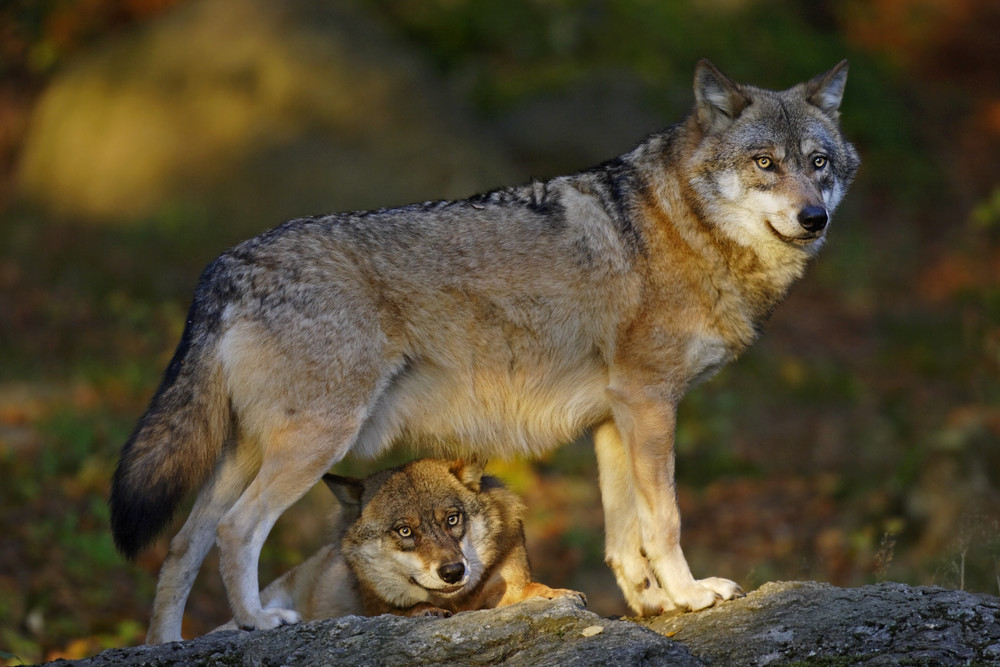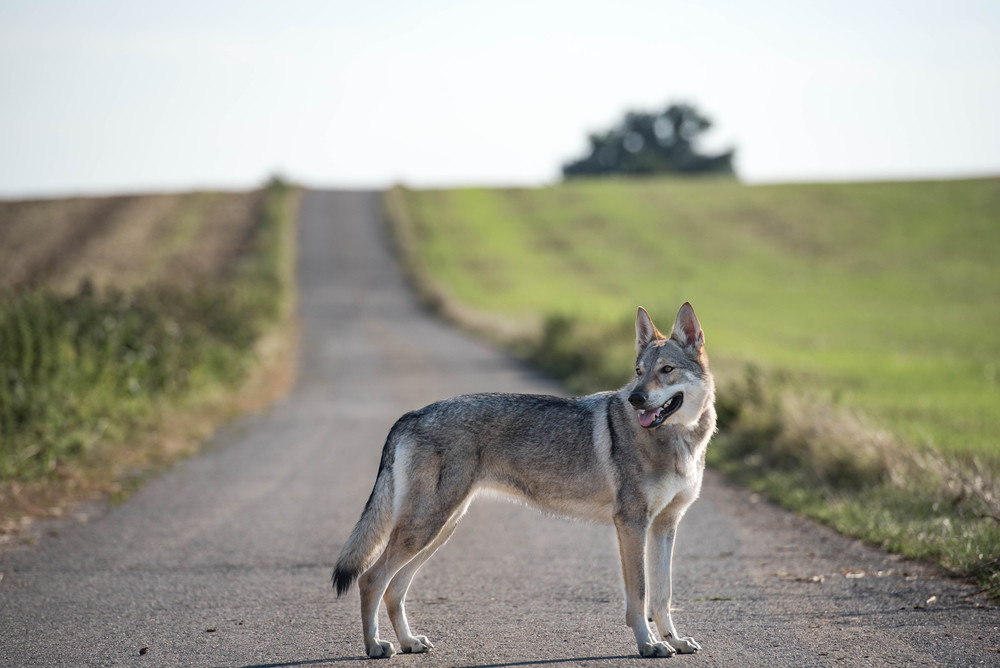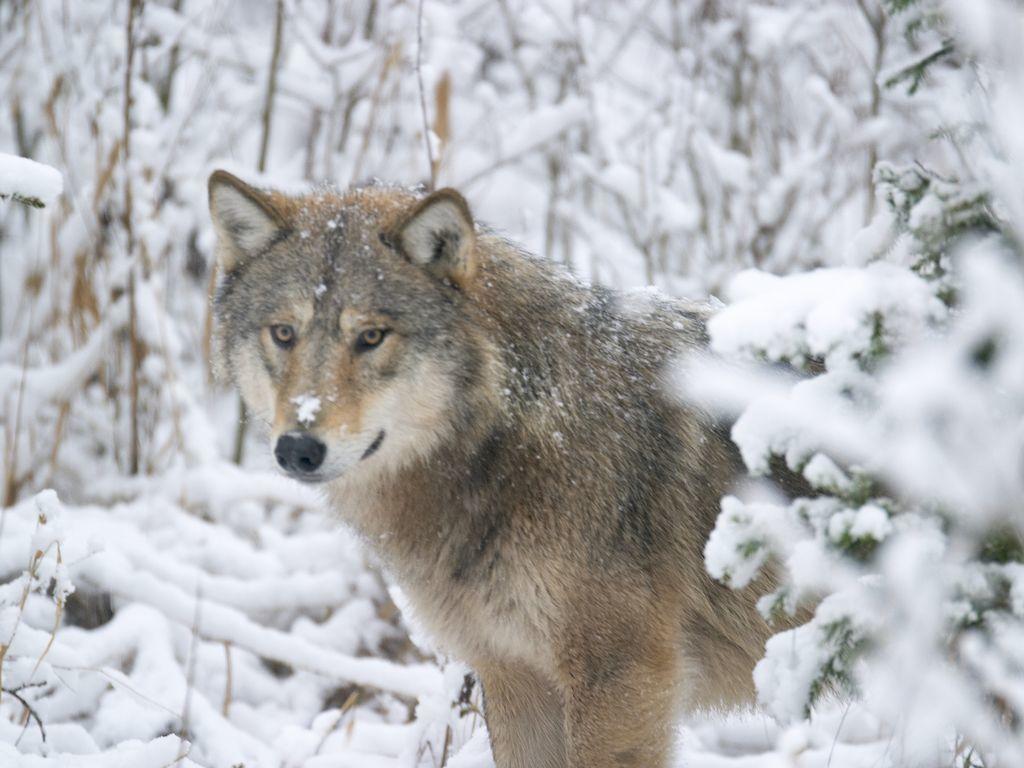It’s official – Estonia has a national animal now; the grey wolf beat competition by the beaver, the badger, the fox, the hedgehog and the roe deer in a contest.
The wolf was “elected” by several local organisations, such as the Estonian Nature Society, the Estonian Natural History Museum and Tallinn Zoo. “Wolf is a natural part of our environment and leaves no one indifferent,” Marju Kõivupuu, an Estonian folklorist, told the country’s public broadcaster ERR. “The wolf is one of the most popular animals in our folk tales, there are over 500 names and stories written down about this animal.”
A symbol of wild and untouched nature
The decision-makers said in a statement that the wolf was a “symbol of wild and untouched nature”. “Our bogs and forest massifs are sometimes also pointedly called ‘wolf lands’. There is probably no other animal in this region that has influenced the local language and culture as much as the wolf.”
The nature experts said that as a skilled predator, the wolf has also kept the number of herbivores under control and thus indirectly shaped the forested landscapes in the region. “The wolf has been the ruler of our bogs and forests for hundreds and thousands of years,” they noted.

In a further “characterisation”, the wolf was described by the nature organisations as “tough, extremely clever and with a good stamina”. “The wolf is a survivor. It is brave for protecting its family and territory from other wolves. Wolves respect their parents and love their family. Wolves appreciate privacy – they want to be left alone. The wolf is also charismatic. All these qualities are the reasons why the wolf is suitable for symbolising Estonia and Estonians as a national animal.”
Once feared, now loved
There are currently about 200 wolves in Estonia, divided between 20-25 packs. The wolves are distributed almost evenly across the country, but they live mostly in large wilderness areas.
While the wolf is now affectionately regarded the national animal, it hasn’t always been so loved. Back in the day, wolves were a real danger to people.
In 2011, the wolf researcher, Ilmar Rootsi, defended his doctoral dissertation at the University of Tartu regarding the relationships between the humans and the wolves. He found that up until the 19th century, when travelling in Estonia in the winter, one had to take into account that the wolves were hungry and, in the wake of a potential meal, ready to forget the rule that humans are the ones they should fear.

According to Rootsi’s research, texts from the 16th century recount that during the winter, all travellers carried lances and crossbows for protection against the wolves. Behind the sleigh was a long rope with a bludgeon attached to it, meant to keep the animals away. Fires, the smell of gunpowder, clanging of chains, hitting iron against firestones, blowing horns and beating drums were also used for the same purpose.
And the wolves really attacked. The Lutheran church chronicles from the 19th century reflect 111 attacks from 1804–1853, with 108 children, a man and a woman dead because of the wolves.
But not to worry – wolves haven’t attacked people in Estonia for the last century and a half because hunting is more common and the wolf, being an intelligent animal, fears humans. And being the national animal, consuming its honourable members is not really an extremely clever act, is it?
Cover: A grey wolf in Estonia. Photo by Sven Zacek.

